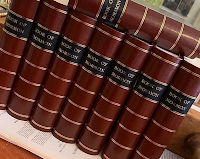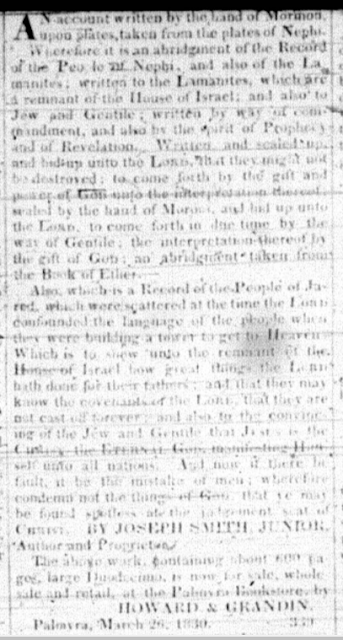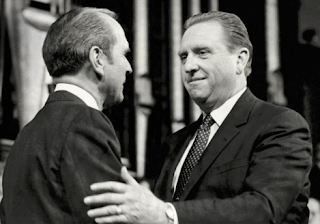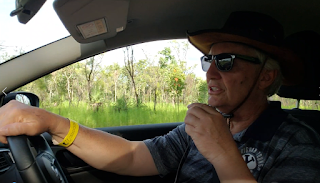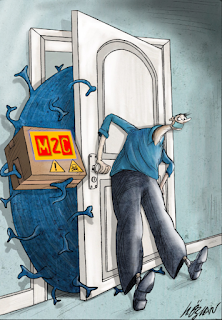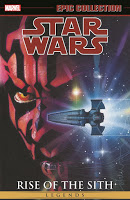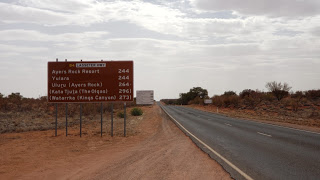March 26, 1830, and NY1C vs M2C
March 26 is a great day to think about the Book of Mormon. It’s an anniversary, of sorts. I posted some observations on the Letter VII blog:
http://www.lettervii.com/2020/03/march-26-1830-and-2020.html
_____
After my post yesterday, people have wondered about comparison tables.
It seems obvious that anyone interested in the topics of Book of Mormon geography/historicity and the translation of the text would like to see a summary of the original sources and the interpretations of those sources.
Comparison charts and tables can help people make informed decisions. They are an effective way to organize “good information” as we discussed yesterday.
You might wonder why you have never seen such comparison charts.
I was once in a meeting with some of my M2C friends (people who advocate the Mesoamerican/two-Cumorahs theory). The topic of a comparison table or chart came up. While some thought it would be a good idea, the “boss” refused to participate in any such comparison. He said that if members of the Church saw such a comparison chart, most of them would choose the New York/One Cumorah ideas over M2C.
[That will be the new acronym, btw. NY/1C vs. M2C. It’s important to remember that the location of Cumorah, which as been well established by the prophets, says nothing about the location of other Book of Mormon events, as the prophets have also taught.]
It seems axiomatic that most Church members who don’t already have an investment in one theory or another would choose H1C over M2C once they knew what the prophets have taught about the NY Cumorah and have compared the evidence and rationale for each alternative. That’s why you will never see an accurate, complete comparison chart published by the M2C citation cartel (consisting of Book of Mormon Central, FairMormon, the Interpreter, Meridian Magazine, BYU Studies, etc.). M2C thrives where people don’t know anything else.
I encourage you to create your own comparison tables
I’ve compiled a few comparison tables in the past. Here are some that compare elements of NY1C with M2C.
1. This post includes a table comparing who has taught the New York Cumorah with who has taught the Mexican Cumorah.
http://www.bookofmormoncentralamerica.com/2019/05/memorial-day-2019.html
2. This one compares the two narratives and asks which makes the most sense to you.
http://www.bookofmormoncentralamerica.com/2019/03/which-cumorah-narrative-makes-sense-to.html
3. This post sets out the respective biases so you can see which one is closest to your own biases.
http://bookofmormonconsensus.blogspot.com/2017/07/check-your-biases-updated.html
4. At the end of this one is a table that shows which of Oliver Cowdery’s activities and writings are “okay” and which are not, according to M2C scholars.
http://www.bookofmormoncentralamerica.com/2018/02/getting-real-about-cumorah-part-5b.html
5. This post includes a table comparing M2C to the teachings of the RLDS scholar L.E. Hills:
http://www.bookofmormoncentralamerica.com/2019/03/the-m2c-hoax-part-4-rlds-won.html
Source: About Central America
